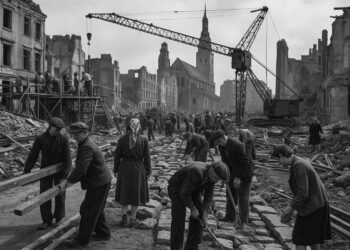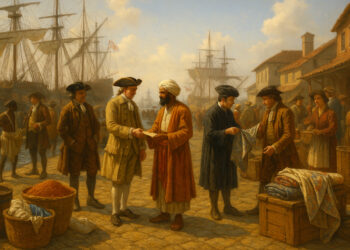The Iron Age marked a turning point in human history—a time when civilizations harnessed the power of metal to build stronger tools, weapons, and societies. Emerging around 1200 BCE, this era transformed warfare, agriculture, and craftsmanship, reshaping economies and cultures across the globe. Iron didn’t just revolutionize technology—it forged the foundations of modern civilization.
From Bronze to Iron: A Metal Revolution
Before the Iron Age, bronze—an alloy of copper and tin—dominated toolmaking. But as trade routes shifted and tin became scarce, people began experimenting with iron. It was harder to extract and shape, but once mastered, it proved far more durable and abundant. This shift sparked a technological revolution that allowed communities to expand, defend themselves, and thrive independently.
Forging Power and Warfare
Iron weaponry changed the balance of power. Kingdoms equipped with iron swords, spears, and armor gained dominance over those still using bronze. The Hittites and Assyrians were among the first to perfect iron smelting, using their metallurgical edge to build vast empires. Warfare became more strategic and devastating, but it also drove innovation, leading to advances in engineering, fortification, and organization.
Agriculture and Everyday Life
Iron’s impact wasn’t limited to the battlefield. Iron plows made farming more efficient, allowing people to cultivate tougher soils and produce larger harvests. This agricultural boom supported population growth and urbanization. Blacksmiths became essential members of every community, their craft symbolizing both progress and resilience.
Cultural and Social Transformation
The Iron Age also saw the rise of complex societies, trade networks, and artistic expression. Metalwork became not just practical but symbolic—used in jewelry, religious artifacts, and ceremonial items. Iron tools helped build monumental architecture, while new forms of governance and social hierarchy emerged around the control of resources and technology.
Conclusion
The Iron Age was more than a period of metal—it was an era of transformation. It strengthened civilizations, unified societies, and set humanity on a path of technological mastery. In forging iron, people also forged the future—proving that innovation and strength often go hand in hand.












